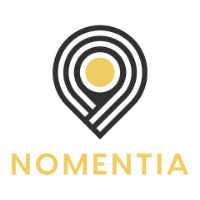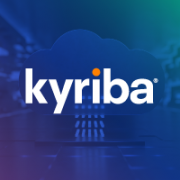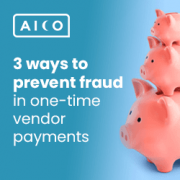What to Consider When You choose your Bank Connectivity Strategy? 7 Important Criteria
| 01-09-2021 | treasuryXL | Nomentia |
Most organizations would benefit from some form of Bank Connectivity as a service. But just deciding on outsourcing bank connectivity won’t magically make all those connections appear. In this blog, we’ll cover 7 important criteria you should think of when evaluating different options.
1. In which banks do the majority of your payments flow?
Make a list of all banks that your organization is connected with and include all banking relationships from all your subsidiaries. We have noticed in interactions with our customers that this first step can be eye-opening at times. Often, we have an idea of the different banking relationships but then there are still local bank relations that might not be that visual to your treasury function. It also provides you with a good understanding of how many bank connections you would need and whether you would benefit from simplifying your banking landscape before implementing a bank connectivity solution. If your organization is only working with 5 banks altogether the story is very different from an organization that has relationships with 20+ banks.
After mapping this out, you might want to apply the 80/20 rule: typically, you would first set up connections to the strategic banks that cover 80% of your payment flows. A cloud-based software from a Cash Management specialist will most likely be able to provide you these connections as part of their out-of-the-box functionality.
2. Evaluate your use of local banks
Even if you expand the use of strategic banks to more countries, you might still find a set of local banks that you cannot replace. Typically, a discussion about bank connectivity increases in complexity when the long tail of local banks comes into play. That’s where you need to ask yourself why you are working with local banks. Is it for collecting money, for making payments from a regulatory point of view or because of specific needs within your local business?
Having visibility on Cash is straightforward while covering payment flows is not easily justified from a direct cost savings point of view. At the same time payment fraud plays a role in the local banks. You might want to consider a solution to replace internet banks for manual payments with a centralized solution. Then, the business case cannot be backed up by direct cost savings, but cost-efficient risk mitigation.
3. How consolidated is your banking landscape?
After mapping out all your banks in a first step, you know your strategic banks. Now it’s time to take a look at which countries are covered by these strategic banks. Would it be a good time to reduce your banking relations by using a certain set of strategic banks in more of your countries in order to reduce the number of domestic banks?
4. How many file formats and payment types do you have in use?
It is a different thing to set up credit notes and treasury payments only, as opposed to also including domestic payments, salary payments, and tax payments. We recommend having a solution for all your payment types and file formats: this is the only way to get rid of the internet banks and the tokens.
5. Are you concerned about payment fraud and information security?
You should have a solution to cover all payment types in all countries with all banks. That is the only way to have a full audit trail and control in every country. A centralized payment process enables centralized validation and control. We have covered the topic of payment fraud extensively.
In our case, having bank connectivity as a cloud service lets you benefit from a platform, which invests annually roughly 1bn$ in information security. From an information security perspective, this lets us concentrate on application-level security, which is annually audited by 3rd parties.
6. Are you interested in having transparency in your bank fees?
Modern bank connectivity solutions enable transparency in banking fees: Having bank agreements and the related fees included and matched against the banks’ reports. Even more transparency can be gained with services like SWIFT GPI: SWIFT GPI enables banks to provide bank fee information for the e2e chain. Not all banks support these features yet.
7. Choose wisely
Once you go through the questions and mappings outlined above you are at a good place in making your decision for the right bank connectivity provider. It might seem tedious at times and one might think of bank connections as a mere technical thing, but they are so much more. We feel this is a perfect moment to evaluate all your processes and look at ways to harmonize them.
It’s also a great way to work closely together with your colleagues. We recommend approaching this topic in a project team between treasury, finance and IT: From an IT perspective you want to minimize the IT-footprint, finance will run the daily operations and treasury sets the policies and controls.
DOWNLOAD OUR BANK CONNECTIVITY WHITEPAPER













